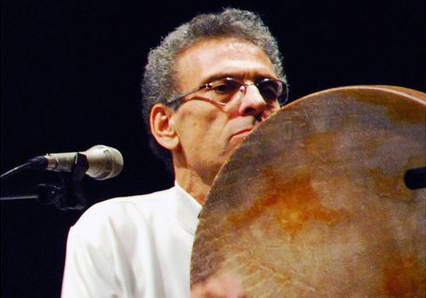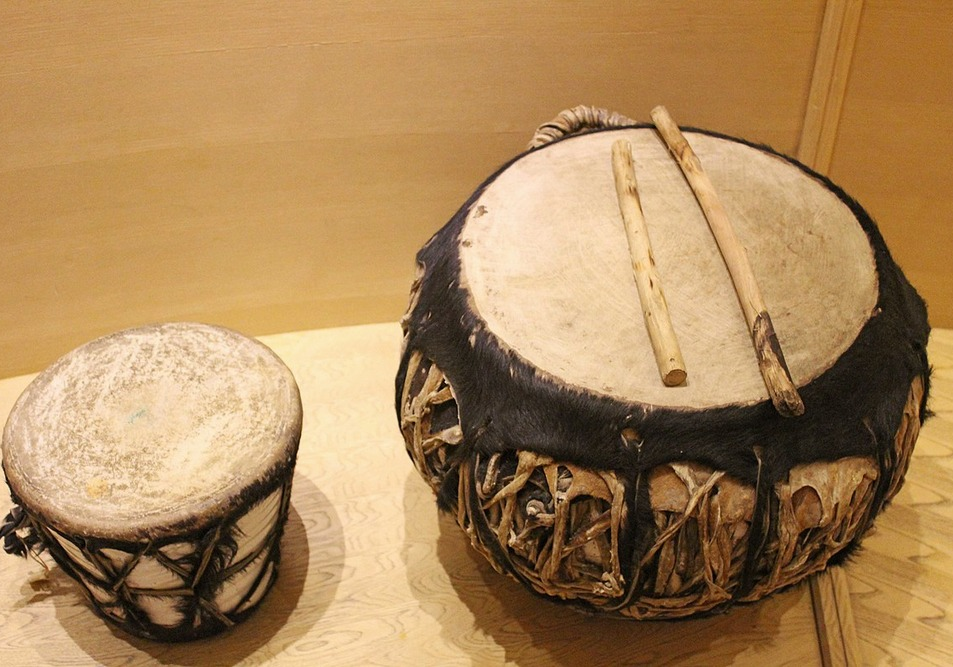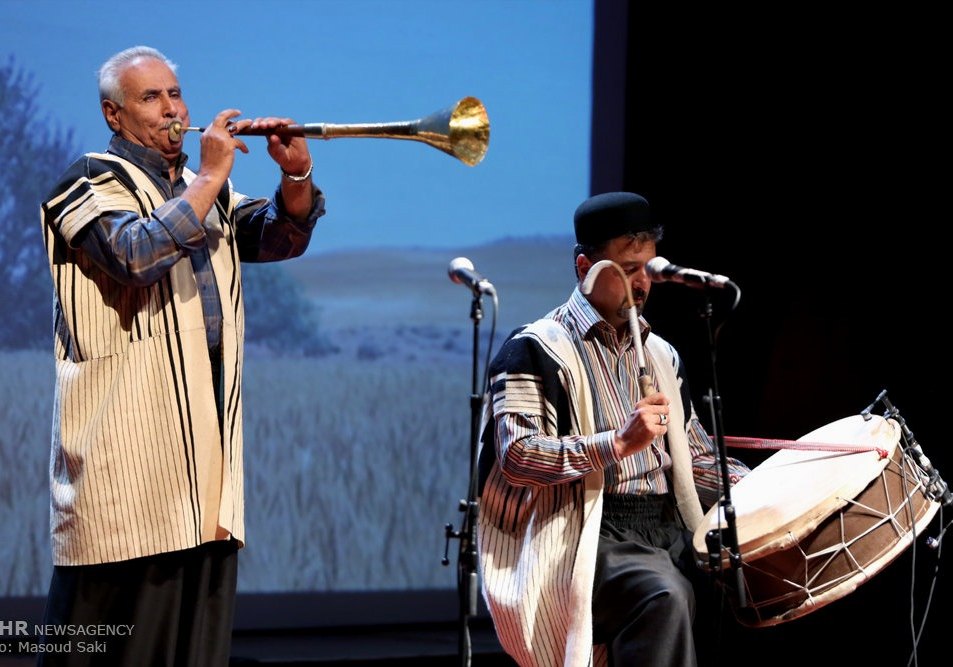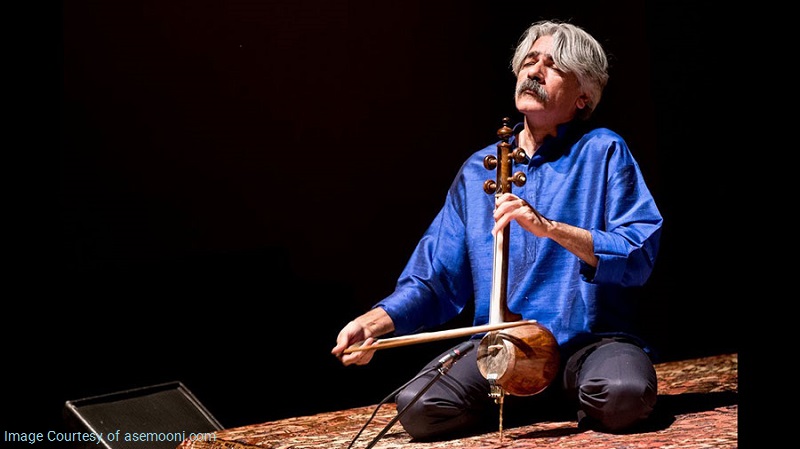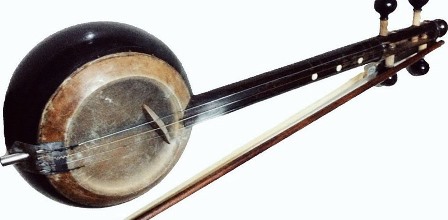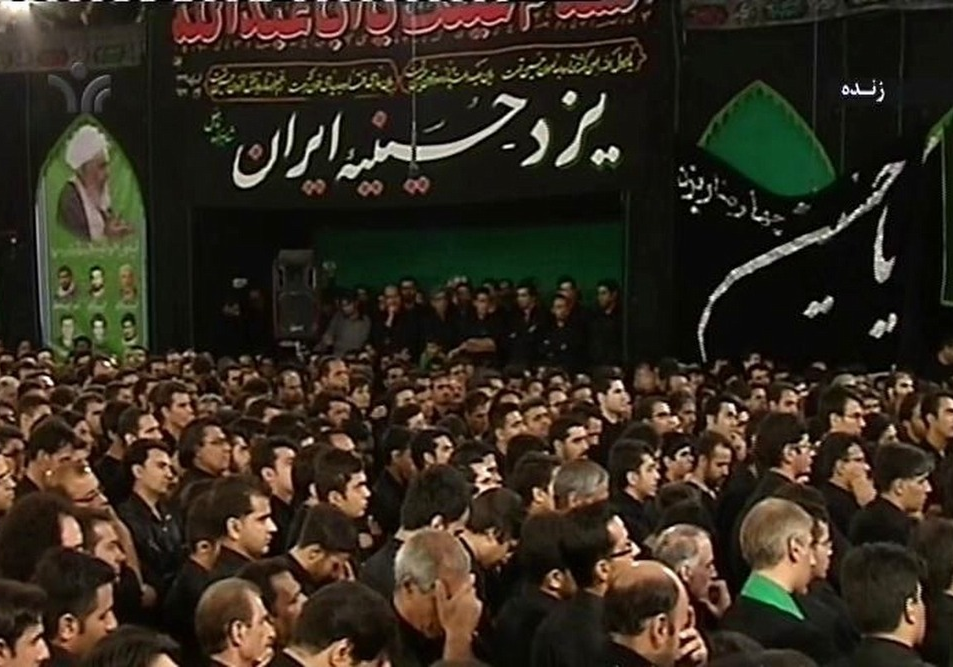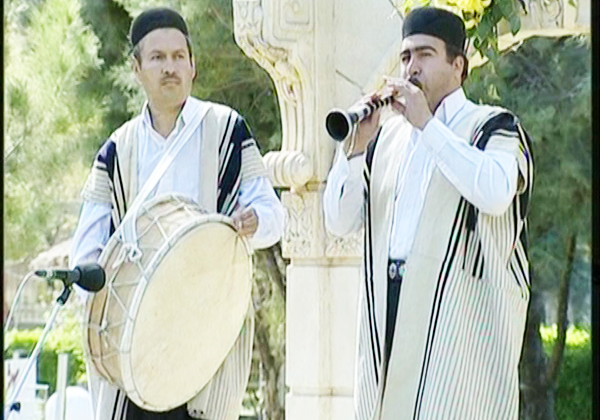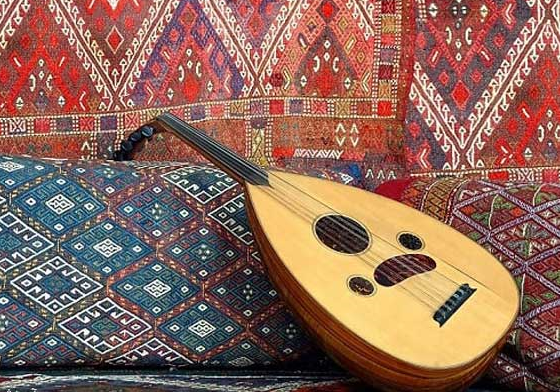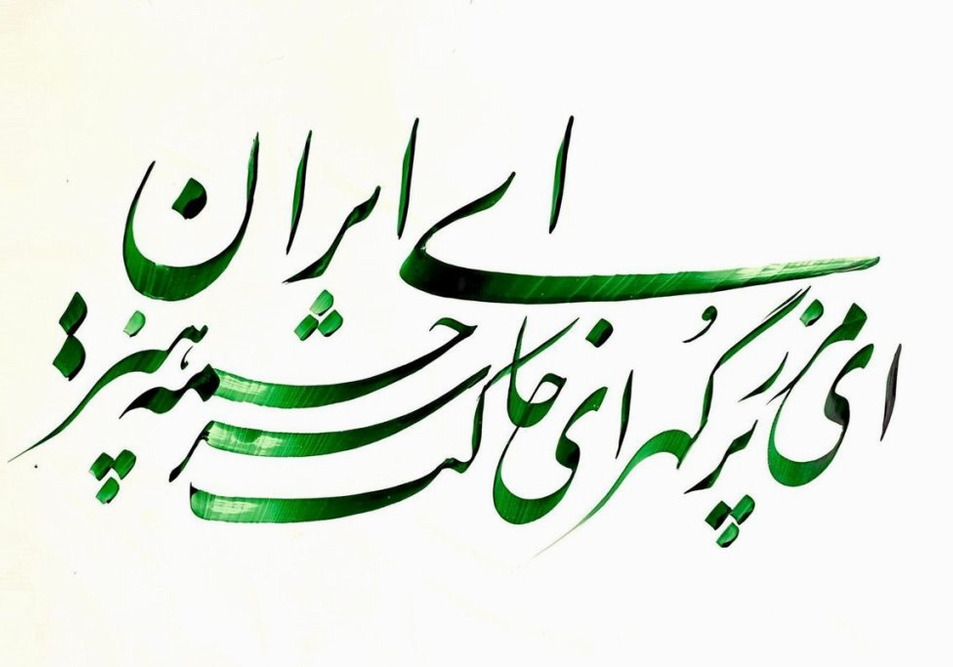
Isfahan School of Music
Isfahan School of Music
There are seven dastgahs (modes) in Iranian classical music: Mahur, Shur, Sehgah, Chahargah, Rastpanjgah, Homayoun, and Nava. Some of these dastgahs have an Avaz (vocal) or Avazes as their subcategory. Bayat-e Turk (Bayat-e Zand), Dashti, Afshari, and Abu Ata vocals are the sub-category of Shur, and Bayat-e Isfahan vocal is a sub-category of Homayoun. In general, according to most Iranian music experts, seven dastgahs and five vocals make up the structure of Iranian music. Of course, the older musicians considered Rastpanjgah to be a subset of Mahur and believed that Iranian music has six vocals and six dastgahs.
The 12 vocals and dastgahs of Iranian music contain certain styles of performance which are called “gusheh”. Iranian music masters created certain gushehs in accordance with their tastes, and the special arrangement made by each master came to be known as “radif”. Radifs are named after the master who proposed them; such as Mirza Abdullah’s radif, Ostad Davami’s radif, Ostad Taj’s radif, etc.
Development of Traditional Music in Isfahan
In the Isfahan School of Music, gushehs and vocals have been passed orally for many years. In the Qajar era (19th century), the presence of Isfahani Ta’zieh performers under the support of the government became a factor in transferring Isfahan’s special perception of traditional Iranian music to others. Ostad Asadullah Neyzan is one of the most important names in the transfer of this school to other masters. Seyyed Rahim Esfahani, Adib Khansari, Taj Esfahani, and Habib Shatrahaji are among the other important figures in this regard.
Sometime later, Ostad Hassan Kasaei, a master reed player, in an attempt to record the gushehs of the Isfahan school, performed them with Setar and Ney. Ostad Taj Esfahani, too, experimentally sang some of these gushehs during his singing performance on the Iranian radio. Later on, more extensive efforts were made to record these gushehs. Today, the names of these gushehs are tied to the name of Isfahan among the people of Iranian music. For instance, there is a gusheh in the Bayat-e Isfahan vocal, which is known as “Darvish Hassan”. According to some historical claims, the creator of this gusheh was a person named “Darvish Hassan Khaki” who was the gardener of Hasht Behesht Garden during the Qajar era. He sang a song in this gusheh and invited people to protect the flowers of the garden.
Effective Elements in the Development of the Isfahan School of Music
Several groups have played a significant role in the development, preservation, and transfer of the radifs and vocals of the Isfahan School of Music. First, ta’zieh and rozeh performers, who in their time became well acquainted with vocals and gushehs. Second, the religious minorities, whose number was significant in Isfahan. Third, the families of musicians who ensured learning and performing music among their members, and passed the related information and techniques to the next generation.
Characteristics of the Isfahan School of Music
One of the most prominent features of the Isfahan school in Iranian music is the use of the Masnavi format in vocal performances. In Isfahan, the style of performing the Rastpanjgah dastgah is different from the way it is performed in other parts of Iran. Also, some gushehs like “Shahpasandi” are popular in Isfahan, with which singers from other parts of Iran are not particularly familiar. Isfahan school has adopted some gushehs such as Dehkordi, Boyerahmadi, Khosi, Qashqai, Shirazi, Jahromi, Sarvestani, Dezfuli, and Dasht Arjani from the neighboring provinces and tribes.
According to some researchers, “Monaseb Khwani” (reciting poems in accordance with the occasion and the situation) is one of the main features of the Isfahan School of Music, in the sense that the performance of the soloist musician is based on a certain poetic style. Tahrir (equivalent to Melisma in English) is used in the Isfahan school to add to the elegance of the performance; unlike some schools that, at times, give priority to Tahrir rather than the lyrics in order to make their performance exciting and popular.
A file called “Traditional Music in Isfahan” was inscribed on the list of Iran’s intangible national heritage in 2011 in which the role of artists of Isfahan in the formation of some radifs and the development of Iranian musical dastgahs and vocals have been mentioned.
Several groups have played a significant role in the development, preservation, and transfer of the radifs and vocals of the Isfahan School of Music, which include ta’zieh and rozeh performers, religious minorities, and the families of musicians.
| Name | Isfahan School of Music |
| Country | Iran |
| Works | Traditional music |
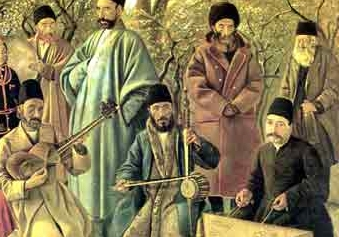
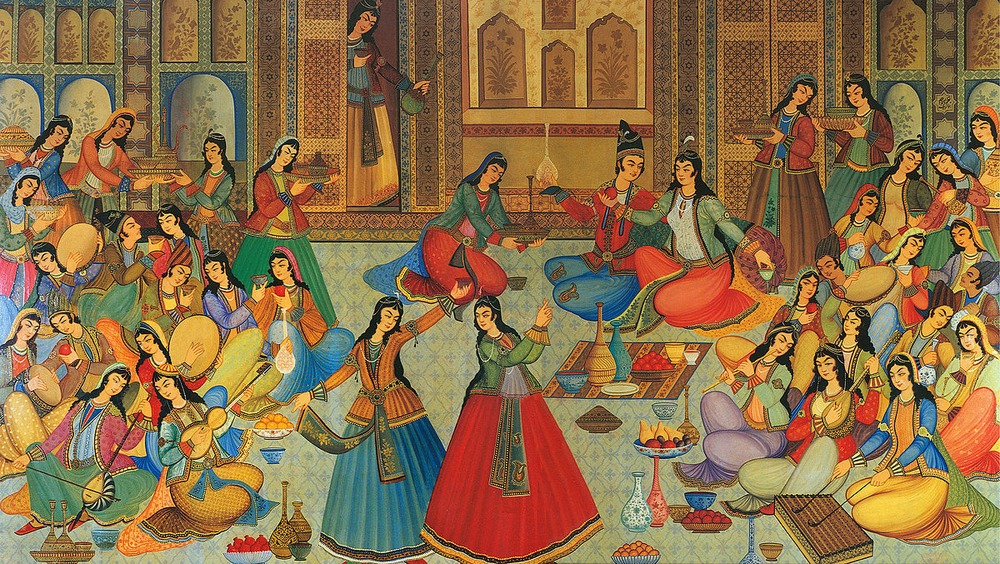




Choose blindless
Red blindless Green blindless Blue blindless Red hard to see Green hard to see Blue hard to see Monochrome Special MonochromeFont size change:
Change word spacing:
Change line height:
Change mouse type:
